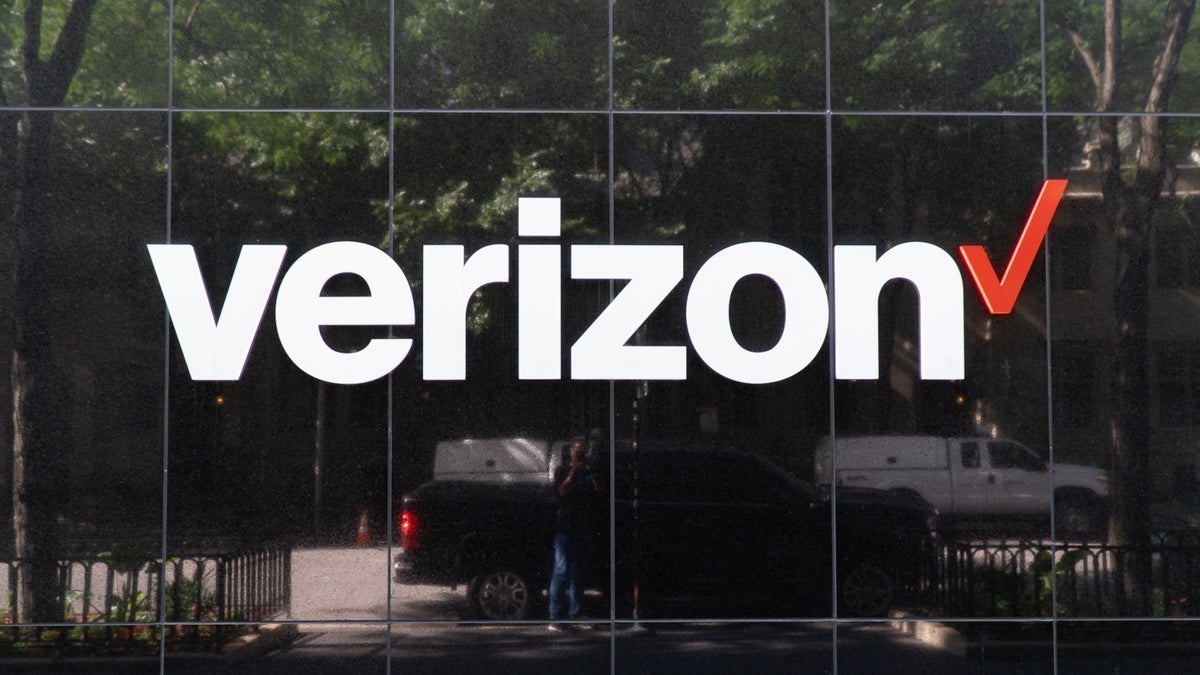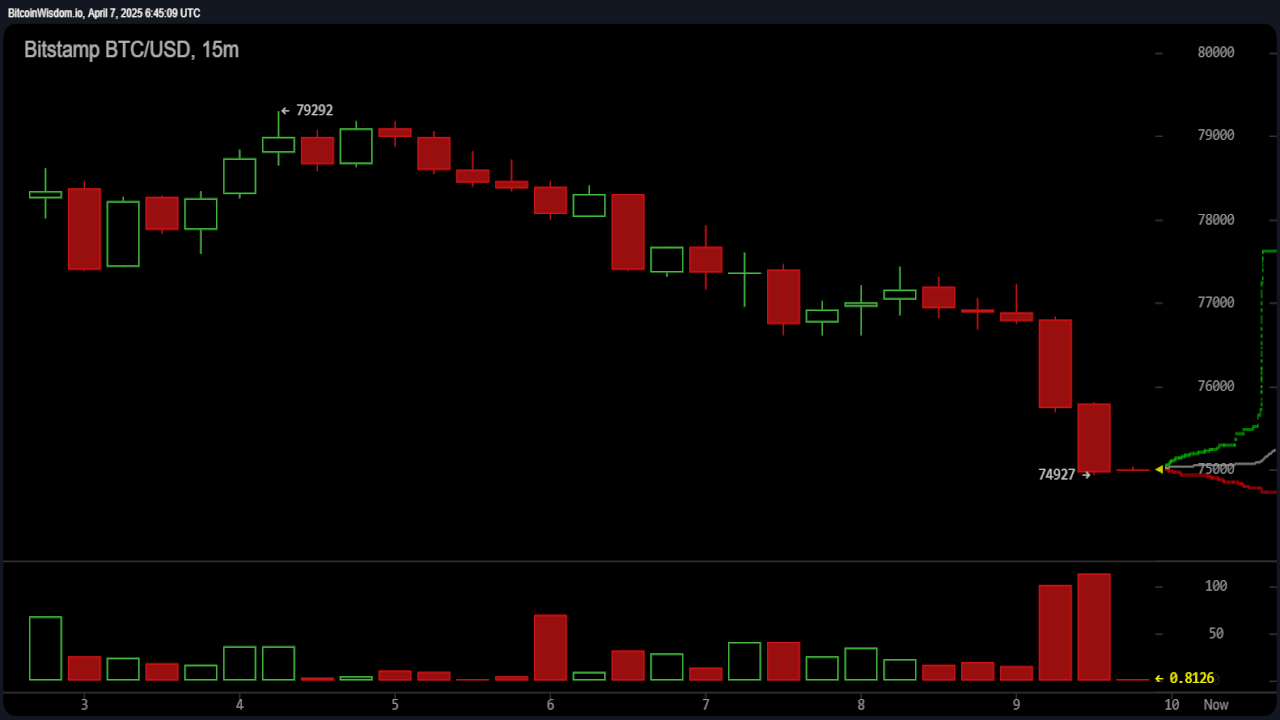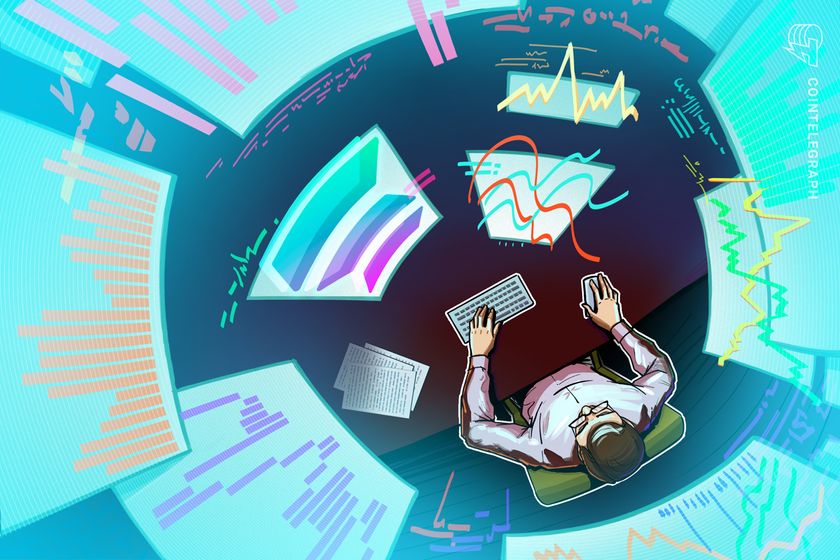Next-Generation Cybersecurity: How AI is Strengthening Cloud Defenses
As cloud computing continues to expand, cybersecurity threats are becoming more sophisticated. Organizations rely on cloud services for data storage, application hosting, and remote work solutions, prioritizing security. Traditional security methods are no longer enough to combat evolving cyber threats. Artificial intelligence strengthens cloud defenses and offers faster threat detection, automated responses, and enhanced data protection. The Role of AI in Cloud Security AI-powered cybersecurity solutions are revolutionizing how organizations detect and respond to cyber threats. Machine learning algorithms analyze vast amounts of data to identify patterns and anomalies, enabling real-time threat detection. Unlike traditional security systems that rely on predefined rules, AI continuously adapts to emerging threats. This proactive approach helps prevent cyberattacks before they cause significant damage. AI also enhances security by automating responses to threats. When an unusual activity is detected, AI-driven systems can immediately act, such as blocking unauthorized access or isolating compromised systems. It reduces response times and minimizes the impact of cyber incidents. Organizations integrating AI-driven security solutions are better equipped to handle modern cyber challenges. Enhancing Cloud Security with AI-Powered Threat Detection Cybercriminals often target cloud environments due to their vast storage and accessibility. AI-driven threat detection systems analyze user behavior, network traffic, and access patterns to identify suspicious activities. These systems can detect potential security breaches and unauthorized access attempts before they escalate into serious threats. One of the key benefits of AI-powered security is its ability to handle large-scale data analysis. Traditional cybersecurity teams struggle to monitor massive amounts of data manually. AI solutions process vast datasets in real-time, identifying potential vulnerabilities and recommending necessary security measures. Many businesses leverage secure file sharing solutions to protect sensitive data from unauthorized access, ensuring that cloud-based files remain secure. Preventing Cyberattacks with AI-Driven Automation Cyber threats like phishing, ransomware, and data breaches continue to pose risks to cloud environments. AI-powered security systems detect these threats by analyzing email patterns, login attempts, and network behavior. By identifying potential risks early, AI prevents cybercriminals from exploiting system vulnerabilities. AI-driven automation also helps security teams respond faster to incidents. Instead of relying solely on manual intervention, AI systems take immediate action, such as flagging phishing emails or restricting suspicious network traffic. It reduces the chances of data breaches and minimizes downtime caused by security incidents. AI and Zero Trust Security Models The zero-trust security model is gaining popularity as organizations move toward cloud-based operations. This model assumes that no user or device should be trusted by default, requiring continuous authentication and verification. AI enhances zero-trust security by analyzing user behavior and assessing risk levels dynamically. For example, AI systems can detect when an employee logs in from an unusual location or attempts to access restricted data. If the system identifies a potential security risk, it can prompt additional authentication steps or block access altogether. By integrating AI into zero-trust frameworks, organizations strengthen their cloud security posture and reduce the risk of unauthorized access. Future Trends in AI-Driven Cloud Security AI's role in cybersecurity is expected to grow as cyber threats become more advanced. Future innovations may include predictive threat intelligence, where AI anticipates attacks before they occur based on historical data. Additionally, AI-powered security solutions will continue to improve in accuracy, reducing false positives and enhancing overall threat detection. As organizations increase their reliance on cloud computing, investing in AI-driven security solutions will become necessary. By combining AI with encryption, multi-factor authentication, and secure access controls, businesses can create a robust defense system against cyber threats. Conclusion AI transforms cloud security by offering advanced threat detection, automated responses, and real-time risk assessment. As cybercriminals develop new attack methods, AI-driven security solutions provide a proactive approach to cloud protection. Organizations that embrace AI-powered cybersecurity measures can strengthen their defenses, protect sensitive data, and ensure the security of their cloud environments. By leveraging AI, businesses can stay ahead of cyber threats and maintain a secure digital infrastructure.

As cloud computing continues to expand, cybersecurity threats are becoming more sophisticated. Organizations rely on cloud services for data storage, application hosting, and remote work solutions, prioritizing security.
Traditional security methods are no longer enough to combat evolving cyber threats. Artificial intelligence strengthens cloud defenses and offers faster threat detection, automated responses, and enhanced data protection.
The Role of AI in Cloud Security
AI-powered cybersecurity solutions are revolutionizing how organizations detect and respond to cyber threats. Machine learning algorithms analyze vast amounts of data to identify patterns and anomalies, enabling real-time threat detection. Unlike traditional security systems that rely on predefined rules, AI continuously adapts to emerging threats. This proactive approach helps prevent cyberattacks before they cause significant damage.
AI also enhances security by automating responses to threats. When an unusual activity is detected, AI-driven systems can immediately act, such as blocking unauthorized access or isolating compromised systems. It reduces response times and minimizes the impact of cyber incidents. Organizations integrating AI-driven security solutions are better equipped to handle modern cyber challenges.
Enhancing Cloud Security with AI-Powered Threat Detection
Cybercriminals often target cloud environments due to their vast storage and accessibility. AI-driven threat detection systems analyze user behavior, network traffic, and access patterns to identify suspicious activities. These systems can detect potential security breaches and unauthorized access attempts before they escalate into serious threats.
One of the key benefits of AI-powered security is its ability to handle large-scale data analysis. Traditional cybersecurity teams struggle to monitor massive amounts of data manually. AI solutions process vast datasets in real-time, identifying potential vulnerabilities and recommending necessary security measures. Many businesses leverage secure file sharing solutions to protect sensitive data from unauthorized access, ensuring that cloud-based files remain secure.
Preventing Cyberattacks with AI-Driven Automation
Cyber threats like phishing, ransomware, and data breaches continue to pose risks to cloud environments. AI-powered security systems detect these threats by analyzing email patterns, login attempts, and network behavior. By identifying potential risks early, AI prevents cybercriminals from exploiting system vulnerabilities.
AI-driven automation also helps security teams respond faster to incidents. Instead of relying solely on manual intervention, AI systems take immediate action, such as flagging phishing emails or restricting suspicious network traffic. It reduces the chances of data breaches and minimizes downtime caused by security incidents.
AI and Zero Trust Security Models
The zero-trust security model is gaining popularity as organizations move toward cloud-based operations. This model assumes that no user or device should be trusted by default, requiring continuous authentication and verification. AI enhances zero-trust security by analyzing user behavior and assessing risk levels dynamically.
For example, AI systems can detect when an employee logs in from an unusual location or attempts to access restricted data. If the system identifies a potential security risk, it can prompt additional authentication steps or block access altogether. By integrating AI into zero-trust frameworks, organizations strengthen their cloud security posture and reduce the risk of unauthorized access.
Future Trends in AI-Driven Cloud Security
AI's role in cybersecurity is expected to grow as cyber threats become more advanced. Future innovations may include predictive threat intelligence, where AI anticipates attacks before they occur based on historical data. Additionally, AI-powered security solutions will continue to improve in accuracy, reducing false positives and enhancing overall threat detection.
As organizations increase their reliance on cloud computing, investing in AI-driven security solutions will become necessary. By combining AI with encryption, multi-factor authentication, and secure access controls, businesses can create a robust defense system against cyber threats.
Conclusion
AI transforms cloud security by offering advanced threat detection, automated responses, and real-time risk assessment. As cybercriminals develop new attack methods, AI-driven security solutions provide a proactive approach to cloud protection.
Organizations that embrace AI-powered cybersecurity measures can strengthen their defenses, protect sensitive data, and ensure the security of their cloud environments. By leveraging AI, businesses can stay ahead of cyber threats and maintain a secure digital infrastructure.









































































































































































![[The AI Show Episode 142]: ChatGPT’s New Image Generator, Studio Ghibli Craze and Backlash, Gemini 2.5, OpenAI Academy, 4o Updates, Vibe Marketing & xAI Acquires X](https://www.marketingaiinstitute.com/hubfs/ep%20142%20cover.png)































































































































![[DEALS] The Premium Learn to Code Certification Bundle (97% off) & Other Deals Up To 98% Off – Offers End Soon!](https://www.javacodegeeks.com/wp-content/uploads/2012/12/jcg-logo.jpg)

![From drop-out to software architect with Jason Lengstorf [Podcast #167]](https://cdn.hashnode.com/res/hashnode/image/upload/v1743796461357/f3d19cd7-e6f5-4d7c-8bfc-eb974bc8da68.png?#)







































































































.png?#)



































_Christophe_Coat_Alamy.jpg?#)
.webp?#)
.webp?#)








































































































![Apple Considers Delaying Smart Home Hub Until 2026 [Gurman]](https://www.iclarified.com/images/news/96946/96946/96946-640.jpg)
![iPhone 17 Pro Won't Feature Two-Toned Back [Gurman]](https://www.iclarified.com/images/news/96944/96944/96944-640.jpg)
![Tariffs Threaten Apple's $999 iPhone Price Point in the U.S. [Gurman]](https://www.iclarified.com/images/news/96943/96943/96943-640.jpg)




































































































































